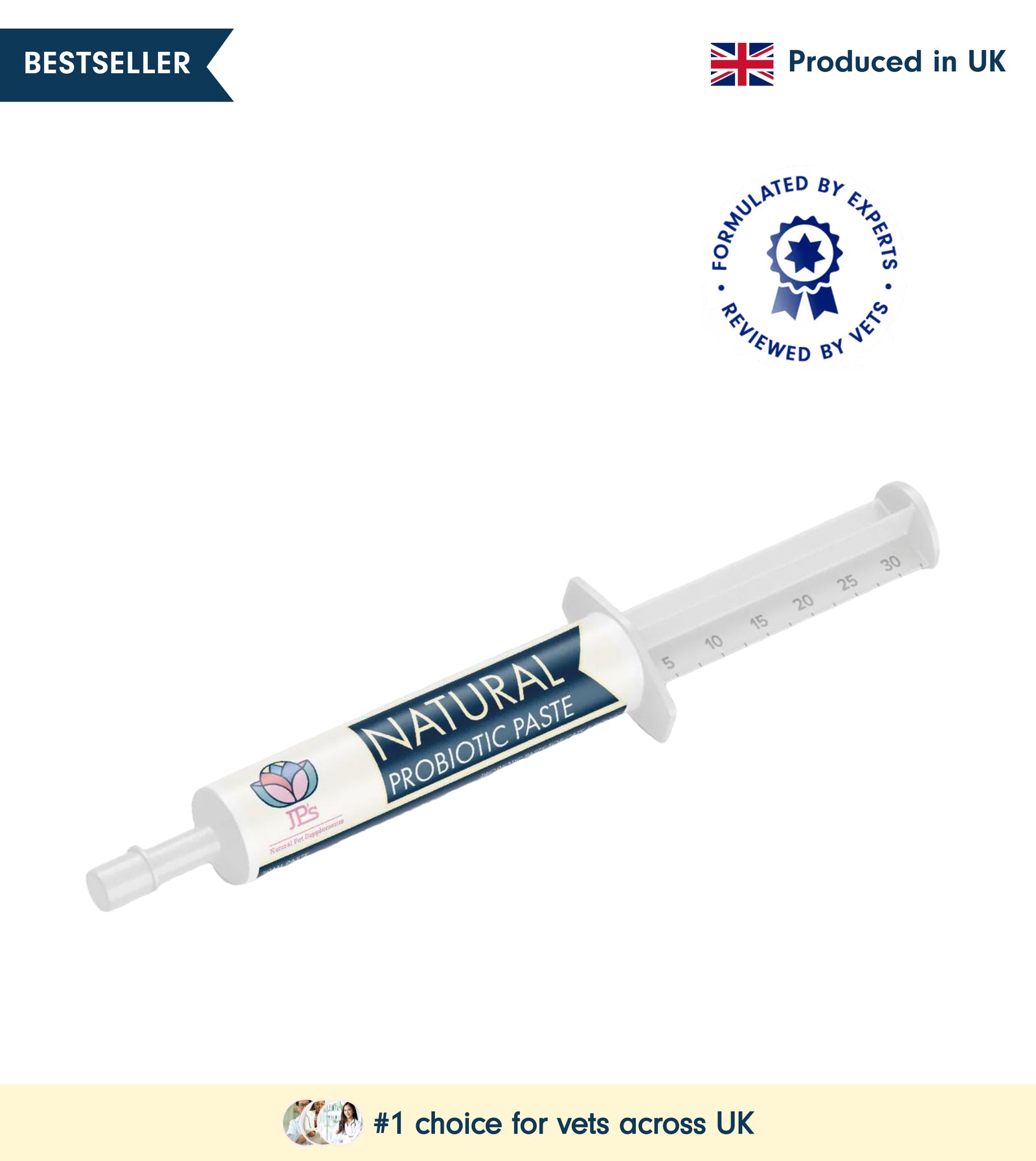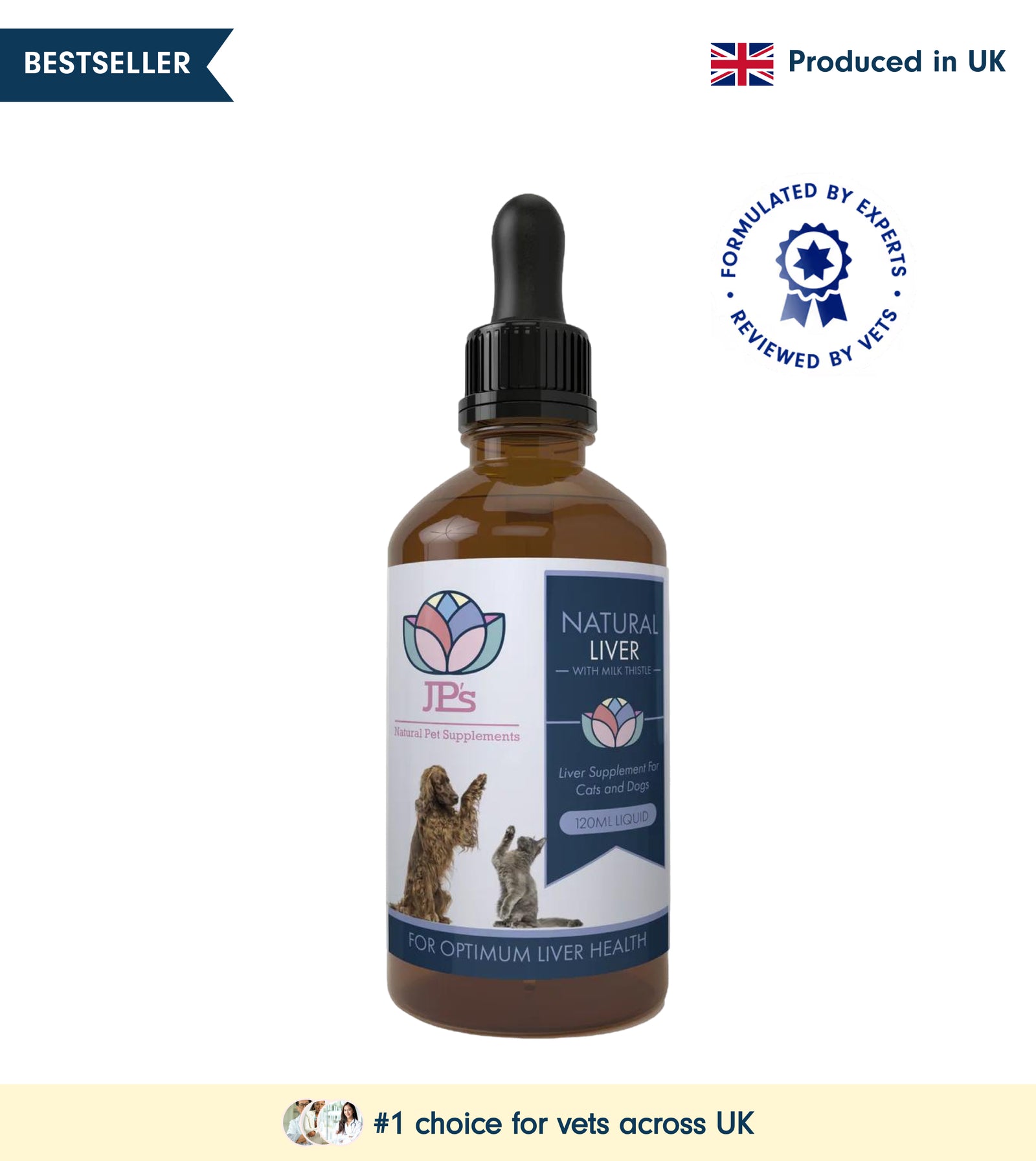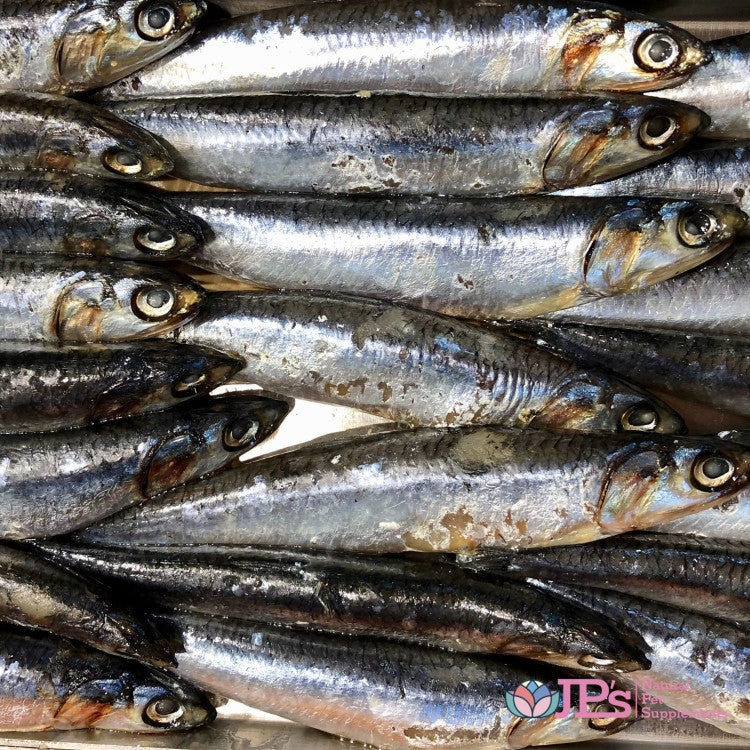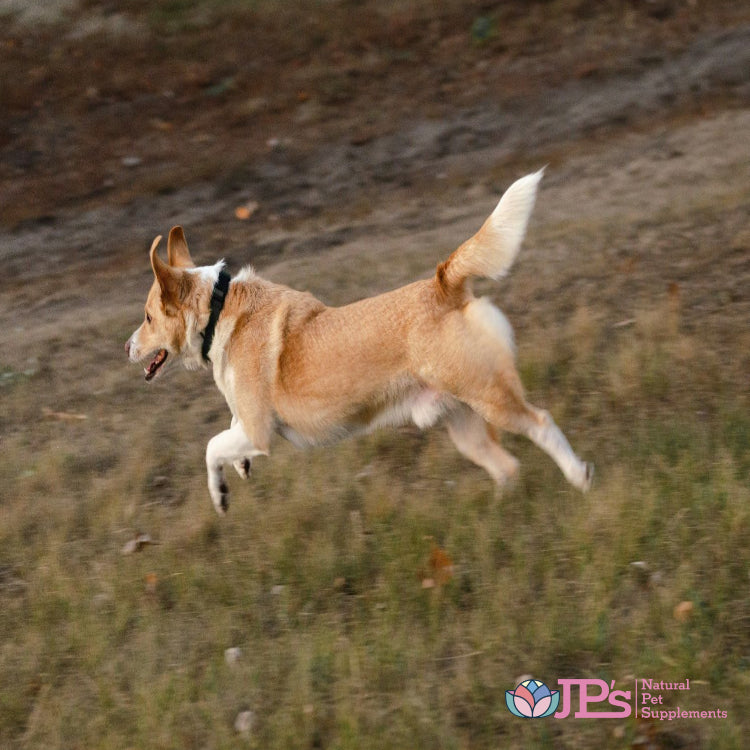Could we be over socialising our puppies and dogs in some cases?
We often perceive socialising as letting our dog go and play with as many dogs in park environments as possible at an early age, so our dog becomes friendly with dogs and people. Owners can’t wait to go to the local park, let their puppy play with as many dogs as possible, and greet people. This is the biggest mistake we make as dog owners. In some cases, it can cause more damage to your dog’s future social skills. Playing is just a small part of socialising your puppy/dog.
Relationship
The first thing we should be doing with our puppy/dog is teaching them engagement (focus) with use, building a good relationship with your puppy or dog and observing the world safely.
Engagement/Play
Engagement in dog training creates a relationship with your dog where you are the reward. Engagement in dog training is more about playing with their owner to create that strong bond. Why is this important? It’s especially important for bonding and breed fulfilment; dogs are mentally and physically challenged by games. While your dog is distracted by a fun game, it builds confidence and can reduce stress in environments that previously were perceived stressful to the dog. Building engagement takes time, and you need enthusiasm and patience. The games must have rules and goals. Owners will often say! But I have a big toy box for my dog, he can play when he wants. ❌ Having access to toys constantly isn’t stimulating for your dog. The toys lose value, and so do you. This is about you as an owner engaging playing with your dog. Building engagement and play with your dog will help you and your dog when you’re out socialising in different environments.
It’s not just about socialising with dogs and people.
Yes, our puppies need to socialise with dogs and people. It’s especially important for their development, but it needs to be controlled and safe. It’s also important to introduce your puppy/dog to new environments, both outside and inside the home, and to different objects and noises. We must remember that every dog puppy is different, so we need to go at their pace. Some puppies can be more outgoing, and some can be a bit timid, so we need to get the balance right.

Place/Settle
Another important part of socialising your dog is teaching them to be calm in environments. This exercise is especially important. Your dog must learn to have an off switch and be calm in different environments. When you’re out for a walk with your dog or puppy, take the time to find a quiet spot and sit with your dog or puppy. Let your dog observe the environment and reward your dog for calm behaviour. This is the hardest exercise to train your dog or puppy to chill when other dogs or people are nearby. It also helps owners to relax, just like meditation. I would start this exercise in the home environment, teaching them to place/settle exercise so they get that much-needed rest or sleep; crate training is also a useful tool when used correctly. We, as owners, can end up doing too much with our dog or puppy, and an overtired dog puppy can create behavioural issues. Dogs need at least 16 to 18 hours of undisturbed sleep; this will also help your dog's social skills. Just using one example so you understand what I mean: You’re sitting and having a coffee, and your puppy or dog is by your feet sleeping; you then get up, and your puppy follows you everywhere around the house; this is now disturbed sleep.
Meeting dogs
When socialising, dogs need to be exposed to well-mannered and calm dogs. I don’t recommend doggie daycare or park environments for starting socialising with your puppy. NOTE: If your dog mixes with unruly dogs daily, this is what your puppy or dog will become.
Socialising your dog in doggy daycare
Using doggie daycare or park environments to socialise your dog/puppy could ruin your young puppy in the future. Doggy daycare involves more stimulation for a longer period, which can be overwhelming for a dog or puppy that can’t tolerate the level of structure during the day. Just like everything else in life, doggy daycare or park environments are not for every dog. So, before you say, "My dog is okay going to doggy daycare and park environments." Yes, there may be some dogs that do well and benefit. But I can assure you I’m seeing more cases that have turned into disasters by constantly putting our dogs in these situations.
What can go wrong in daycare?
In some cases, dogs are thrown into a room with multiple strange dogs. The interactions are not structured. Therefore, dogs are left to rely on their instincts to cope and survive in such pressing environments. So, what’s the outcome? Dogs behave like dogs. Other dogs could bully your dog; unfortunately, in the future, it could make your dog reactive towards other dogs or anxious being around dogs.
We must do our research before we put our dogs in doggie daycare. Typically, in some cases, people working in these places are not trained in dogs' body language/ behaviour. They are not trained to recognise all the subtle, negative behaviours leading up to a dog fight or another dog being bullied/ harassed constantly. Are your dog’s getting any rest time away from the pack? They usually are running around all day like adrenaline junkies.
I can’t remember how often owners have told me my dog has been banned from doggy daycare. The doggy daycare said my dog was naughty; he was fighting with a dog or mounting other dogs, but the owners don’t know what happened leading up to their dog being in a fight.
My dog is now reactive.
Some of my clients start to notice changes in their dog’s behaviour. Their dog used to be okay with other dogs but has started being reactive towards them. He never used to be reactive on his lead when out walking, but now we can’t walk past a dog in the street. Well, when your dogs are in doggy daycare or park environments, they have the option to approach every dog when they want and take flight when they feel threatened.
On your walks
Another example: Now you are walking with your dog, and he sees another dog across the street but can’t get to this dog because he’s on his lead. Frustration can start to build up because he can’t get access to this dog (lead barrier frustration). Remember, he has access to every dog when he wants to in doggy daycare or park environments—it’s one big party—but the lead is now blocking him from getting to dogs 💥 you’re now getting a frustrated dog or reactive behaviour.

Hey, my dog loves daycare. He is so tired when he gets home.
Well, my dog must be having fun at daycare because he’s always tired and sleeps for days. Was your dog really having fun, though? Or was he so stressed that the moment he got home to his safe place, he felt great relief from getting out of doggy daycare and could finally decompress away from that environment?
Neutral
When you socialise with your dog, you should aim to train your dog to be neutral in all environments and situations. So, when your dog sees another dog, he is neither overly excited to go and play nor should he be reactive out of fear. Your dog understands that his owner is in control, and his owner will tell him when the proper time to go and play is or not to play. This is where you get a well-balanced, confident, and well-socialised dog.
Negative experience
Remember, some negative experiences at doggy daycare or park environments can take months or even years to turn around, and in some cases, they don’t get fixed. It’s more about managing this type of negative behaviour for the dog's lifetime.
Should we castrate our dog to socialise him?
Normally, when you take your dog to doggy daycare, they must be castrated for insurance reasons and other apparent reasons, mixing with females/males. But is your dog ready for castration? Is your dog in adolescence? Is your dog already nervous and anxious about behaviour issues? Then, I wouldn’t recommend castration. This can cause your dog's behaviour to get worse. Before you rush into any decisions, get help from a dog behaviourist. Dogs shouldn’t be castrated until at least 18 months old unless your dog has a health issue, and your veterinary surgeon suggests differently. If your dog needs to be exercised during the day because you’re at work, investigate getting a professional 121 dog walker.
I am getting two puppies. This will be easier for me because they socialise together and learn from one another 🤦♀️
I wouldn’t recommend having two puppies in the same household, especially siblings and mates. If you do get two puppies, make a firm commitment to spend social time and training time with them separately to avoid having a super bond. This means crate training separately, walking, and training separately—it’s challenging work. You need to train your puppies separately, so they become confident and don't rely on each other. Once your puppies are trained and balanced, you can bring them together later down the line.
If you desperately want two dogs, consider getting your puppy now, and when your first pup is trained, consider getting another dog later. Again, I’m sure for some owners it’s worked out okay, especially if you’re experienced and know what you are doing, but for most owners, it doesn’t work, and this means dogs get rehomed. Again, this is coming from my experience and the cases I have been to.
Littermate syndrome
Getting two puppies from the same litter can be a problem. Also known as littermate dependency, this term refers to behaviours that develop when two puppies from the same litter are raised together. These behaviours include attachment to each other, difficulty bonding with humans and other dogs, aggression, and separation anxiety.
For some owners, getting two puppies or two littermates may work, but for some families, it ends in disaster. I have seen it too many times go wrong. Don’t think it’s easy, and it saves you from training or socialising your dogs.
Recall
Another important CUE when socialising your puppy or dog. This is something you should be teaching your puppy from day one. I don’t recommend letting your puppy or dog off the lead until your recall is 💯proofed unless you’re in a safe environment such as a hired field. Your responsibility as an owner is to keep your puppy or dog safe from danger. If you keep letting your puppy or dog, go and play with random dogs at the park, your dog soon realises that dogs and people are more fun than you, your recall will weaken, and your dog will soon learn unhealthy habits. It’s important to recall if your dog gets into any difficulties. By using your recall, you can get your dog back to safety. Remember always to use a long recall training line while you practice your recall.
Creating breed fulfilment, but the sausages are so cute 🥰
Please research what breed of dog you’re getting. It's extremely important, or you may end up out of your depth, or your dog doesn’t suit your lifestyle. For example, a cocker spaniel is bred to use their nose to flush out the game and needs a job. Some owners will choose their dogs based on the look of a certain size or colour or a dog they like on TV, but how many owners choose a dog based on what type of dog was originally bred to do? I have encountered a few owners who have their pet dog from working stock and wonder why their dog is bouncing off the walls. They are just exercising in the local park.
Unfortunately, some owners won’t have the experience to cope with certain breeds. So, research is essential when choosing a dog breed because they will exhibit breed-specific traits that may not suit your lifestyle, so you need to be ready to give your dog a job. Otherwise, they become self-employed. I’m trying to say that just letting your working cocker walk around the block or run around the local park and socialise with dogs won't be enough for the breed you have chosen. The sausages have taken over now because they are extremely cute and extremely popular with owners. The Dachshund can be difficult at times to deal with, so they can be a challenge if not trained correctly; sausages were bred to hunt badgers, so their innate drive is to be quick and restless, by nature, self-ruling so it can be a challenge for some owners. The Dachshund were used for hunting. Logically, they have advanced natural intelligence and quick reflexes; they decide when and how to attack prey, which means they can be fiercely independent and vocal. If you’re having difficulties with your dog's behaviour, please find a dog behaviourist to help you and your dog. I am seeing lots of owners struggling with the sausages.
Conclusion
The goal should be to train your puppy now so that your dog has more freedom in the future. Don’t look short-term; look long-term. Having a well-trained, balanced dog means you can take it anywhere and enjoy your journey together.
I write about my experiences and training cases in the hope of helping and educating owners. I would like owners to research and think before they get a dog: What breed do you want? What is your lifestyle? Do you have time for the correct training? If you don’t know the correct way to socialise or train your dog/ puppy, then get help from a dog behaviourist.
A TRAINED DOG HAS MORE FREEDOM IN THE FUTURE.
Justine Shone



















Leave a comment (all fields required)